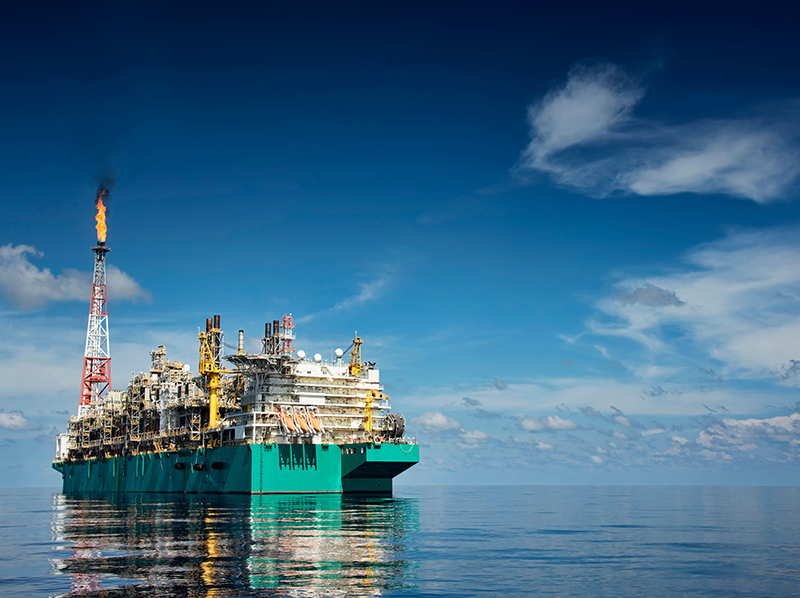
Global LNG production is estimated to increase from 250 mtpa in 2016 to 630 mtpa by 2050, says DNV GL in their report The LNG era takes shape. LNG is expected to play an increasingly important role in global energy markets, as China, India and countries in Southeast Asia see a rapidly growing demand for LNG.
Much of this increase in demand is due to greener energy policies in countries like China and South Korea. These policies seek to reduce fossil fuel emissions and improve air quality by moving away from coal-fired power plants and adopting LNG as a cleaner fuel.
Here are three LNG trends mentioned by the report:
1. Floating LNG vessels to get smaller in size. As technology improves and vessels become smaller, the use of floating LNG vessels is expected to rise, as they are much more cost-effective for transporting offshore gas assets compared to pipelines. They are also cheaper to build and operate, faster to deploy and are more appropriate for markets that are looking to buy in smaller volumes.
2. There are concerns about whether LNG supply can meet demand in the future. Global LNG supply will be able to meet the demand growth up till 2025. However, supply may not be able to meet demand after that. Eighty-five per cent of LNG-focused oil and gas professionals surveyed felt new LNG infrastructure projects will need to be initiated in 2019 to avoid this scenario.
3. Greater diversity within the LNG market. International oil companies like BP and Shell are still the global LNG market leaders dealing in traditional long-term contracts. However, commodity traders like Vitol and Glencore are now entering and diversifying the market by providing mid-to-long-term supply options. As a result, the LNG market structure and price dynamics are changing. DNV GL posits that multiple models will continue to develop to meet the varied needs of LNG buyers and sellers around the world.